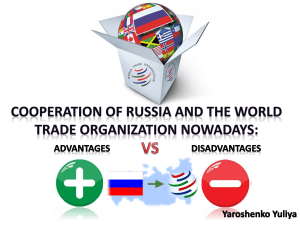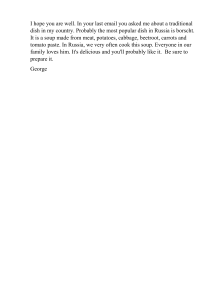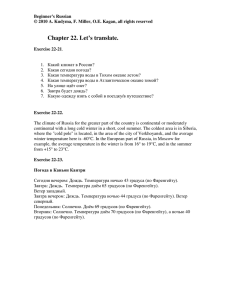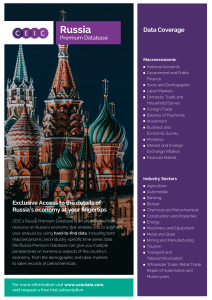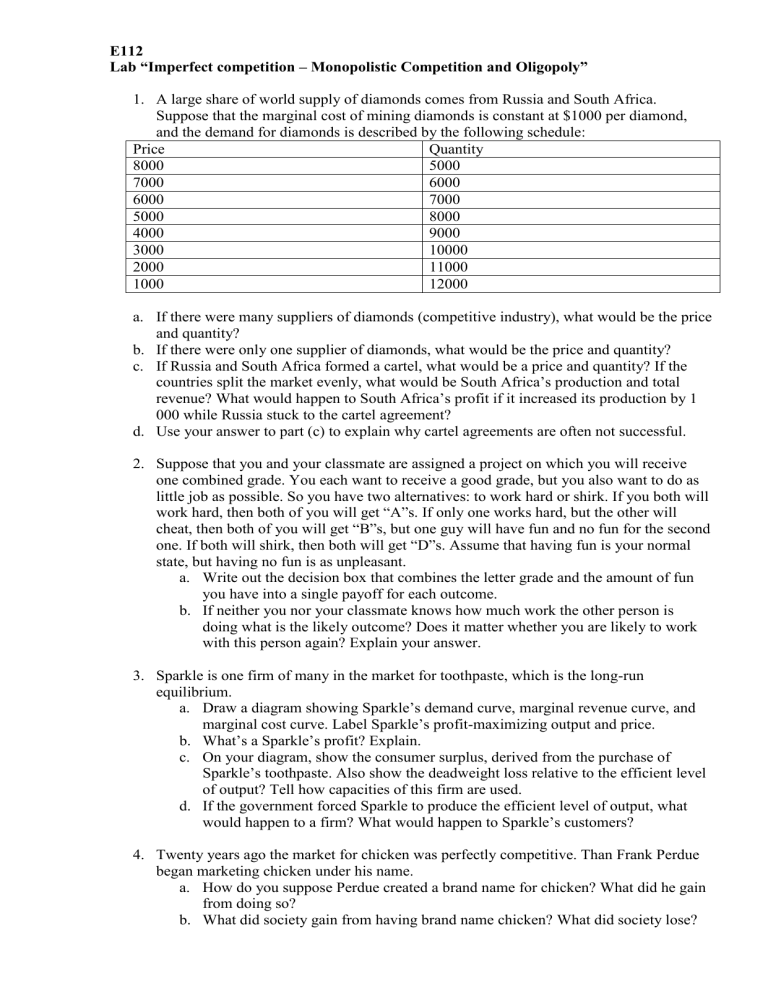
E112 Lab “Imperfect competition – Monopolistic Competition and Oligopoly” 1. A large share of world supply of diamonds comes from Russia and South Africa. Suppose that the marginal cost of mining diamonds is constant at $1000 per diamond, and the demand for diamonds is described by the following schedule: Price Quantity 8000 5000 7000 6000 6000 7000 5000 8000 4000 9000 3000 10000 2000 11000 1000 12000 a. If there were many suppliers of diamonds (competitive industry), what would be the price and quantity? b. If there were only one supplier of diamonds, what would be the price and quantity? c. If Russia and South Africa formed a cartel, what would be a price and quantity? If the countries split the market evenly, what would be South Africa’s production and total revenue? What would happen to South Africa’s profit if it increased its production by 1 000 while Russia stuck to the cartel agreement? d. Use your answer to part (c) to explain why cartel agreements are often not successful. 2. Suppose that you and your classmate are assigned a project on which you will receive one combined grade. You each want to receive a good grade, but you also want to do as little job as possible. So you have two alternatives: to work hard or shirk. If you both will work hard, then both of you will get “A”s. If only one works hard, but the other will cheat, then both of you will get “B”s, but one guy will have fun and no fun for the second one. If both will shirk, then both will get “D”s. Assume that having fun is your normal state, but having no fun is as unpleasant. a. Write out the decision box that combines the letter grade and the amount of fun you have into a single payoff for each outcome. b. If neither you nor your classmate knows how much work the other person is doing what is the likely outcome? Does it matter whether you are likely to work with this person again? Explain your answer. 3. Sparkle is one firm of many in the market for toothpaste, which is the long-run equilibrium. a. Draw a diagram showing Sparkle’s demand curve, marginal revenue curve, and marginal cost curve. Label Sparkle’s profit-maximizing output and price. b. What’s a Sparkle’s profit? Explain. c. On your diagram, show the consumer surplus, derived from the purchase of Sparkle’s toothpaste. Also show the deadweight loss relative to the efficient level of output? Tell how capacities of this firm are used. d. If the government forced Sparkle to produce the efficient level of output, what would happen to a firm? What would happen to Sparkle’s customers? 4. Twenty years ago the market for chicken was perfectly competitive. Than Frank Perdue began marketing chicken under his name. a. How do you suppose Perdue created a brand name for chicken? What did he gain from doing so? b. What did society gain from having brand name chicken? What did society lose?
